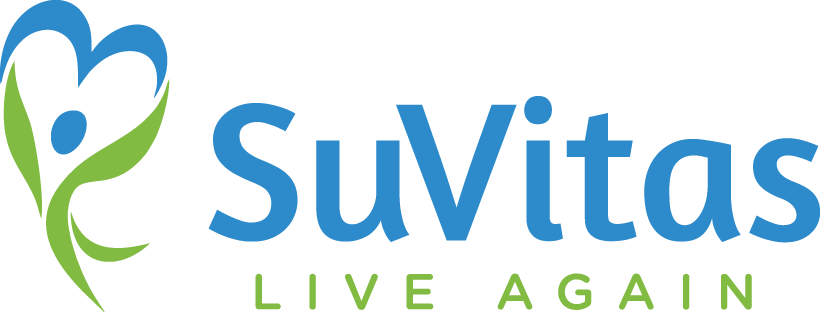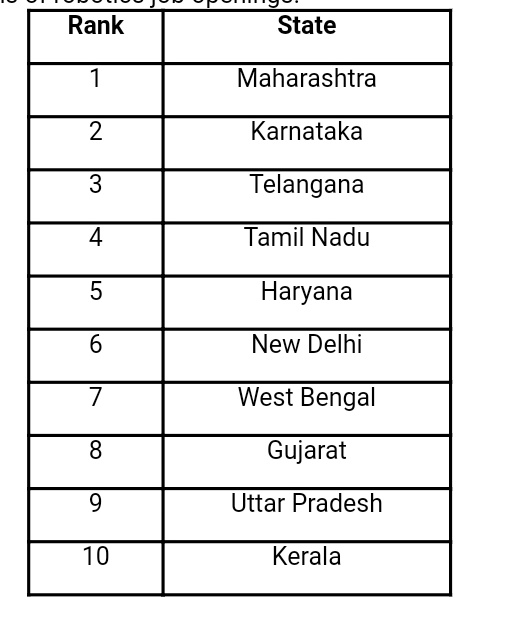Technology is the single greatest reason for man to believe in a better future. But technology is complex and messy and every time it makes progress, it seems to leave many behind. At this precise juncture, lies the role of design. It has the ability to make technology as palatable to human beings as is possible. The role of design is to humanize technology so that the complexity and the mess is hidden from the users. The users then just have to keep in mind what they want to achieve and not worry about the complex ways in which that objective will be achieved.
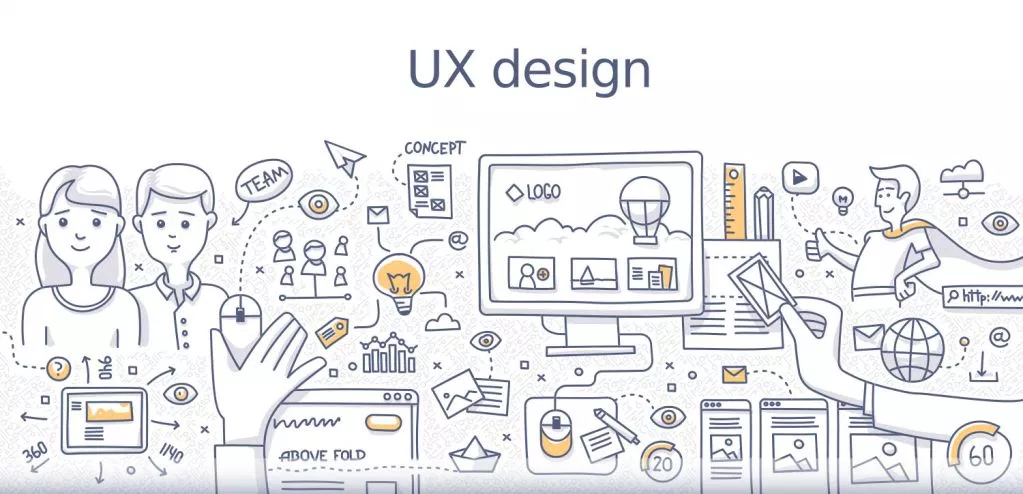
The objective of the field of design is to help a business achieve its goals. Therefore, if it doesn’t contribute to the bottom line, it cannot be considered successful. This is where Redd, a specialized design studio can come to the rescue of startups as well as large organizations. Redd specializes in developing version 1.0 products which is the holy grail when it comes to UX design. Redd develops wire-frames, perform user studies, produce visual, web and graphic designs, icons, content and illustrations and perform analysis on already implemented designs for brands. Ancillary services like branding and copy-writing are also included in the process. At the core, Redd excels at developing version 1.0 applications – a huge challenge in the UX field. Today we have a chat with Sharan Grandigae, Founder & CEO – Redd about essentials of design, aspects of design development, work being done by Redd, funding, etc. So, lets get started with the Q&A…
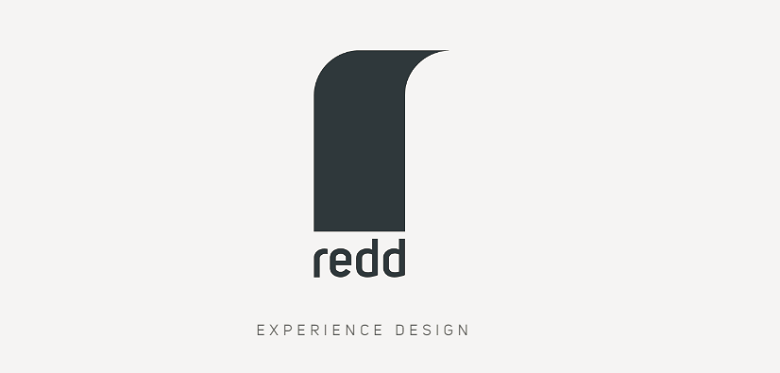
Can you please walk us through Redd and its core team composition ?
Redd was founded by me, Sharan Grandigae, and I am the CEO of the company. We have two Senior Partners, Abhilash K V who heads the design function and Priti Srinivasan, who heads marketing. Apart from this, there are two Lead Designers, Akshitha Praveen and Ashwita Palekar who head the different teams that are formed for executing the projects that we undertake. Interestingly, 73% of our employees are women and one of the leads is only 24!
Redd is a specialized UX Design Agency. How can Redd help early-stage as well as growth-stage start-ups by partnering in their product design and development ?
Early stage start-ups have the challenge of answering two vital questions: first, whether the product or service they are offering is useful, and second, how much are people willing to pay for the product or service. While these are straightforward questions, they are incredibly hard to answer, and many entrepreneurs have a tough time figuring out what it is they can offer or who is their customer. By taking a user-centric approach in designing their product or service offering, we can help answer these questions first before packaging them correctly for higher conversion or beginning to address ancillary revenue streams.
For example, a client came to us to help design a system aimed at the construction industry. While they came in asking us to design an application aimed at making it easier for the customer, the trouble was that there were so many services that the platform could put a potential customer in touch with, right from architects, plumbers and electricians to earth movers and scaffolders. This would undoubtedly overwhelm any user and they would simply drop off. Thus, we helped them create packages of services under the headings ‘For new home buyers’, ‘For re-modelling an existing home’, etc., which easily explained which package a customer can choose.
But more than that, the client wasn’t thinking of the business from the perspective of a digital platform and this didn’t allow them to see the ancillary revenue streams available on the platform through the ads, building pages to showcase work that vendors had done, etc. We were able to identify these because we had done it for several other clients before.
Clients that come to us in the growth stage have typically been through the first round of figuring out what the customer wants. They are looking at optimising their presentation and processes so as to increase conversion and scale their businesses. They may have one or several goals to achieve, such as increasing their user base, the total billing per customer, time spent on the site, and referrals or frequency of purchase; generating sales leads or any other such key performance indicators.
Once they define the goal of the design process, we examine their existing system, analyze their traffic data, customer profiles and conversion patterns and begin finding the right solutions to the problems we identify within the system. We help design simple and efficient systems that help the user achieve their goals while simultaneously achieving those of the company.
In how many different business verticals does Redd have expertise in? Can you now list down successful case studies in those verticals ?
At Redd, we have stayed away from specializing in just a few industry verticals as that’s a recipe for disaster for a creative agency. Instead, we take on projects from as wide a range of industry verticals as possible. Our team is currently working on the pregnancy experience of a mother-to-be while figuring out the best ways to sell steel even while finishing up a project related to core banking! We learn something new every day.
And this isn’t just us staying generalists because it is interesting for us, there are clear business reasons for doing so. Many companies can hire design teams in-house, but the problem is that these become entrenched in the systems that they are developing. This entrenchment can cause them to only be able to see the next stage of evolution of the product or the stage after that. But how does a client’s business achieve evolutionary jumps that can induce spikes in the company’s growth? That jump can only come from lateral thinking and that’s the one reason clients who have design teams in-house still come to us.
For example, we learnt something while standing in jewellery stores observing customer interactions when we were engaged by BlueStone to redesign their e-commerce site. That learning stayed with us and sparked a new idea that found application when we were later engaged by Lenskart for their mobile site redesign. Who would have thought that jewellery and glasses were related? And if you think about it from Lenskart’s perspective, many cycles of design-development-research-analysis were saved because of this!
Since you have worked with a range of clients, can you tell us what are some of the misconceptions that a few start-ups [or companies] have about UX Design and how Redd hand-holds such start-ups in their design journey ?
Misconception #1 First and foremost, people think UX design is about beautification. It isn’t. It is essential to the core functioning and profitability of a business. You would have noticed so far that I have not mentioned aesthetics even once. The reason is that we no longer live in a world that tolerates bad-looking products, so beautification and aesthetics are a base-level requirement. Design goes beyond and examines the efficiency of an entire business system and helps tune that to achieve the best that it can.
Misconception #2 Second, the right time to engage a UX agency is after the product is built and functioning. People seem to think that this is the cheaper approach but that’s a matter of perspective. If you are an early stage start-up, you want to know whether you have a product that people will spend their money on. What if your offering is good but the way it is presented is below average, or it’s not easy to use the product, or if the payments for the same were difficult to make? If these points resulted in poor conversion, would you write off your offering as bad? There are many reasons why a business fails but the reason you work with a UX designer is to provide the business the best chance it has to succeed.
Misconception #3 Third, it’s cheaper to hire a designer in-house rather than an agency. While different agencies charge differently, hiring the right design talent is hard and retaining them in the long run is harder when you take into consideration the fact that most designers revel in working on a variety of things rather than on one thing for a long time. It’s better to own the technical development team in-house and outsource the design function to specialized agencies.
Please share your engagement policy with companies and how does Redd act as a co-enabler rather than just being a design partner [for them] ?
We work in two ways: on fixed-bid projects and on retainers. For most first-time engagements with clients, we work on a project basis for a fixed scope of work. This keeps expectations clear for the client. We work on the retainer model when clients want to work with us like an internal design team, providing us tasks every week. We set aside a specific number of hours that the client can use, and they can assign us any task related to any of the services offered by Redd for a simple flat monthly fee.
Whichever way we engage with clients, we make sure that we do all the work necessary to create the right experience from market and user research, to creating the communications materials that are going to be required post the UX design stage.
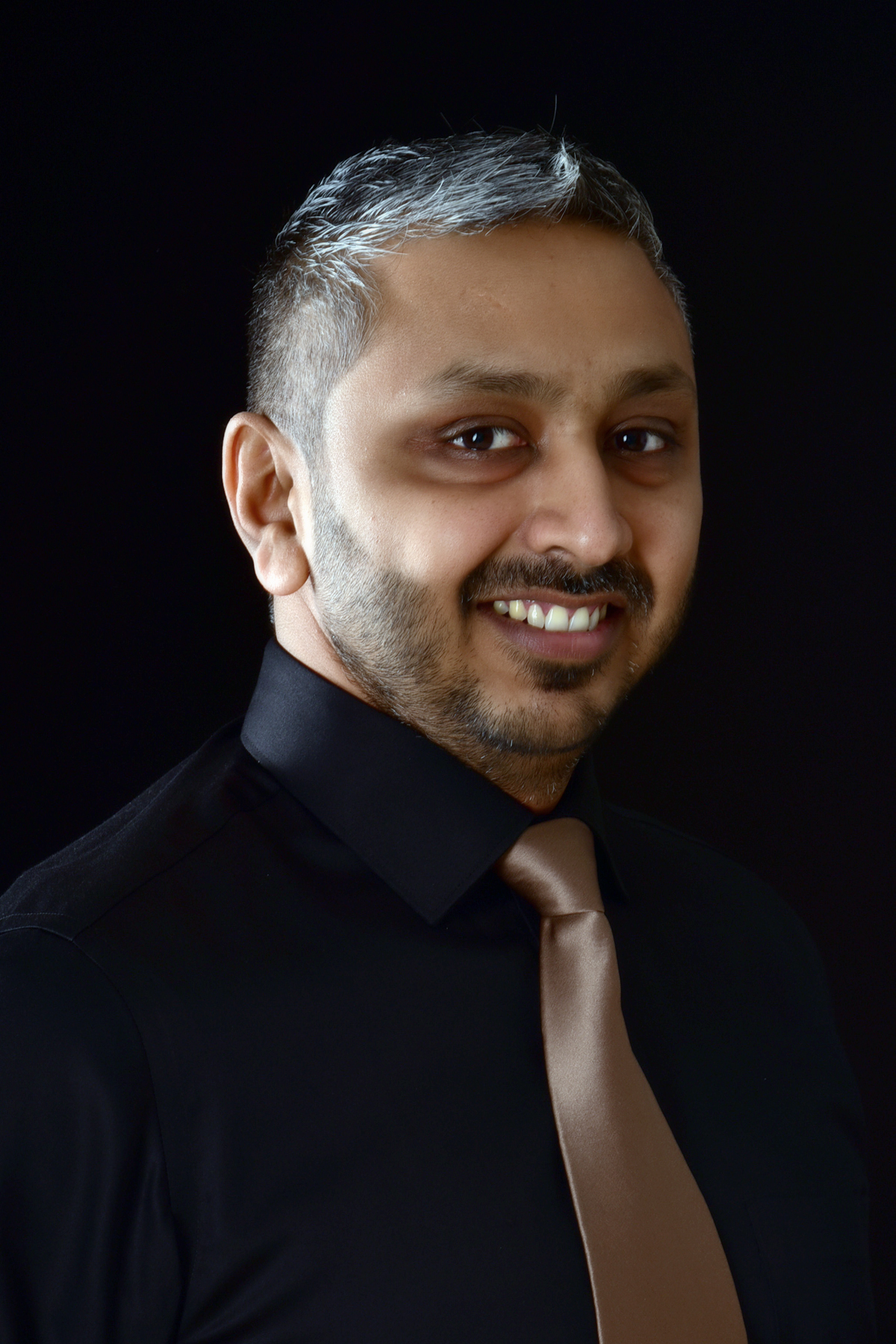
There are many design agencies catering to web, mobile design; what are some of the core USPs that Redd brings to the table for its clients ?
Most UX design agencies’ DNA is in graphic design but Redd’s background was in the development of custom software that run various business operations. Through this, we have developed a keen sense of not only development methodologies but also of how businesses function at a core level. Redd can move fluidly between discussions on front-end frameworks and version management systems to EBIDTA and the four P’s of marketing!
With User Experience and Seamless design across devices becoming increasingly important, what can you share about some of the best practices in design and how start-ups can leverage the same to design well-crafted products ?
A pattern we are seeing across the board is that a customercs experience is not only delivered on one medium, such as mobile websites, but occurs across the desktop website, mobile apps and also with walk-ins at stores. For example, one common pattern we’ve seen across clients is that their browsing is high on mobile web and apps, but purchases tend to be made on desktop websites or at stores. So we’ve adopted a ‘universal commerce’ approach which allows us to design experiences that begin on one medium and end on another.
This is the paradigm shift that we see happening and one that we would prompt other entrepreneurs to take into consideration when thinking about their user experiences.
Can you share some details about the funding status of Redd and are you open to institutional funding ?
We have been bootstrapped all along and have been building based on our own revenues. We are looking for funding only to launch some products being developed in-house.
Which according to you are some of the beautifully designed Indian as well as global products ?
Bangalore’s own Ather Energy’s electric scooter is a fantastic innovation in the field of product and service design. Not only have they succeeded in designing a very well-thought-out scooter, but they have also considered the ownership experience and designed the right sales packages. On the global front, unsurprisingly, I see what Tesla is doing as the new benchmark for how products and services need to be thought of, planned and executed.
There has been a significant rise in the number of product [read hardware] start-ups in India, are you looking to venture into product and UX development for such start-ups ?
Every field of design has the same underlying principles and thinking methodologies for producing the outcomes in their respective fields. We see the design of products as a natural extension of our current capabilities, so yes, this is something we intend to do.
You have been in the business for a couple of years. What has been your overall learning experience running a bootstrapped enterprise like Redd ?
I think we have learnt a lot already. But the funny thing is that while one would expect to have learnt something new and unique, the number of things that fall within that category are very few and rarely impact your business in a meaningful way. The single most impactful lesson I’ve learnt is that everything, even the most complex of ideas, can be understood by breaking it down to its principles.
So, along those lines, I would phrase the fundamentals of business with the following five principles:
- You have nothing if you don’t have a customer who is willing to pay you for what you have to offer.
- Put together a great team who can share in your passion.
- Pay attention to finances, especially cash-flows.
- Build processes that can scale when your business does.
- You need a think-tank that has people with whom you can discuss business ideas on an ongoing basis.
Though it is late to ask, what is the overall target market of Redd and do you service global companies as well ?
Our target market is technology or technology-enabled companies that are looking to build something innovative. We typically deal with start-ups wanting to scale and enterprises that want to be more agile. Some examples of global companies that we’ve worked with are Infosys, L&T Infotech, FIS Payment Solutions and TopUniversities.com.
There has been lot of buzz about chatbots, at least their usage is exponentially increasing in the fintech, healthcare, edtech sector. What are your thoughts on the same and how exactly should start-ups [as well as growth stage companies] make use of chatbots effectively ?
There are many stages of interactions between customers and a company. The early stage interactions are more general, repeated and substantially vast in number compared to later stage interactions. These early stage interactions are best handled by bots and there needs to be a smooth hand-off to a live person when the discussion gets more specific.
We have developed our own chatbot called Cruz and use it on our website. It manages many of our conversations with prospective clients, candidates searching for jobs and students looking for internships and has handled a lot of these smoothly. It has, in fact, become better over time.
Redd has a string of clients [ranging from start-ups to huge companies like L&T]. What are some of the learnings while dealing with such a wide range of clients and how agile [and open] are big companies to suggestions and change ?
Our job, in a way, is to understand the vision of the promoter and express that in terms of an app. With start-ups, we are typically working directly with the founders and this process is relatively easy. With large enterprises, a special team may be assigned to work with us, but the decision maker is rarely in the room. So, it is like us making proposals and then waiting for them to run the ideas up the decision chain and get back to us.
While these are indicative of the behaviors of majority players within each group, we have seen start-ups with many decision-making layers and we have worked with enterprises that make decisions and move faster than start-ups! So, it’s not like these stereotypes are always played out.
Does Redd also deal with clients in emerging economies since the entrepreneurial talent is blooming in places like Vietnam, Chile, etc. ?
We are open to it, but haven’t worked with clients outside of India, the UK, the US and the UAE yet.
Effective UX does help in user engagement and conversion rates [at least for e-commerce kind of sites]. Please share some learnings from Redd on how it helped clients in these two areas [or any areas in retention] ?
For us to design better experiences, we need to really understand the concerns and constraints users go through during the purchase of or engagement with a product or service. This helps us frame our client’s offerings in such a way that their customers consume them. This usually helps in engagement first and consequently in conversion.
For instance, when we were engaged by BlueStone.com who sold jewellery online, we stood in jewellery stores and observed how customers purchased jewellery. The first thing we observed was that when customers came into the store and asked to see, say bangles, the salespeople would bring not one, but several trays of jewellery at a time. This seemed like such a waste to us because so much effort was being spent in bringing out the trays and then restacking them after the customer had left, so we asked the salespeople about this. What they said changed the way we thought about selling jewellery forever.
They said that customers rarely walk into a jewellery store with the intention of buying one particular piece of jewellery because this purchase is driven not by utility, but by emotion. So, there’s no way to ascertain through questioning what the customer has in mind specifically because they rarely do and even when they do, it’s not like they won’t change their minds if they see something better. The only thing that the salespeople could do to increase conversion was to bring out trays and trays of jewellery, thus increasing the chances of the customer seeing something they like and purchasing them.
This was the core learning around which we designed BlueStone’s e-commerce store – to increase the number of items seen by clients in each session. The way we went about doing it was complex and intricate, but it’s based on such a simple learning!
There has been a surge in the number of conferences on Design [DesignConf], Technology, IoT, etc. How do such conferences result in the blooming of the eco-system and is Redd a part of any such consortium ?
These conferences show how big the field of design is becoming. These kinds of conferences are usually great forums to share and exchange ideas from each field of design. But interestingly, the number of sessions being conducted on ‘design thinking‘ has specifically increased over time and is being subscribed to by non-designers more and more. This is a great indicator to me that design is gaining acceptance outside of the design world and is here to stay.
For start-ups, the core team is very important. How did you as a founder deal with hiring for Redd and please share some effective tips from hiring in start-ups ?
Redd is composed not only of people who are trained in design as a part of their education, but also those that came to it from outside [like me]. We’ve been extremely lucky in having been able to hire great people right from the beginning. I have met and hired everyone myself and don’t anticipate that I will ever hand this function off to anyone else in future. But to make my process a little easier, I have an automated system that sends back a set of four questions to anyone applying to Redd. The answers to these questions tell me a lot about the people even before we meet them.
We are able to weed out a huge number of applicants right at this stage and the ones that make it past this point are typically only met with to assess skill and culture fit within our company.
Some ideas on UX and Design that can be used as an effective tool for growth marketing ?
Improving the UX of an offering makes it 16% more likely to be recommended to others [Forrester] – that’s probably the only fact that I can quote about the effectiveness of UX. We don’t have more data other than the fact that all our clients are continuing to grow in size after our engagement with them.
Books or resources you highly recommend for Design Aspirants as well as entrepreneurs?
Guns, Germs and Steel, Sapiens, The Consolations of Philosophy, and Good to Great. The first four seasons of the TV show The West Wing are a must-watch.
We thank Sharan Grandigae for sharing his insights with our readers and walking us through his journey. If you have any questions for him, please share them via a comment to this article or email them to himanshu.sheth@gmail.com




